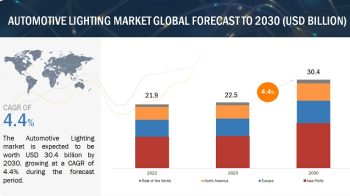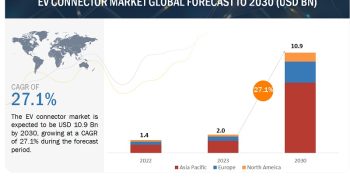
Smart grids enabletwo-way communication between utilities and end-users, whereas the traditional system consists of electrical wires, wires, cables, towers, and distribution lines. Increased investments in the digitalization of the grid by implementing advanced communication technology will fuel the growth of smart grid market. The smart grid also helps during the period of uncertainties. Presently, the lockdown due to COVID-19 drives the requirement of smart systems to manage grid operations so that there is minimum human intervention.
“COVID-19 Impact on Smart Grid Market size is estimated to be USD 26.9 billion in 2020 and projected to reach USD 28.8 billion by 2021 at a CAGR of 7.1% from 2020 to 2021.”
Grid modernization efforts vary with utility companies across the world. For instance, some vendors focus on the ongoing replacement of aging infrastructure, and some are working to interconnect greener and more distributed energy sources. In contrast, others are focused on utilizing improved diagnostics to give grid operators more visibility into the system and enhance grid reliability, flexibility, and resiliency.
Download PDF Brochure:https://www.marketsandmarkets.com/pdfdownloadNew.asp?id=204540248
The software segment is expected to hold the highest market share as it is likely to witness a low impact due to the outbreak of COVID-19. The software segment is further sub-segmented into advanced meter infrastructure (AMI), smart grid distribution management, smart grid network management, grid asset management, substation automation, smart grid security, and billing and customer information system. It is estimated that the grid asset management, smart grid security, and billing and customer information system segments are expected to have the least impact during the lockdown of COVID-19.
The smart grid industry in North America is expected to be the largest during the forecast period. This growth is attributed to the rise in demand for smart grid infrastructure to improve service reliability and operating efficiency. The US and Canada are the major two economies in the region that focus on investing in grid modernization. For instance, the US government allocated funds for smart meter units and making installation of smart meters mandatory in several states, including California and Texas. Such initiatives are likely to drive the smart grid market.
Request Sample Pages: https://www.marketsandmarkets.com/requestsampleNew.asp?id=204540248
Some of the major players in the smart grid industry are GE (US), ABB (Switzerland), Siemens (Germany), Schneider Electric (France), Itron (US), Landis+Gyr (Switzerland), Aclara (US), Cisco (US), OSI (US), IBM (US), Wipro (India), Oracle (US), Honeywell (US), S&C Electric Company (US), Eaton (Ireland), Kamstrup (Denmark) and Trilliant Holdings (US), among others.
Key Questions Addressed by the Report:
- What is the impact of COVID-19 on the smart grid market and its segments?
- How much growth is expected from hardware, software, and services in the market?
- What is the impact of COVID-19 on the smart grid market across North America, South America, Europe, Asia Pacific, and Middle East & Africa?
- Who are the major players in the smart grid market?
- What initiatives are market players undertaking to sustain through the pandemic?


